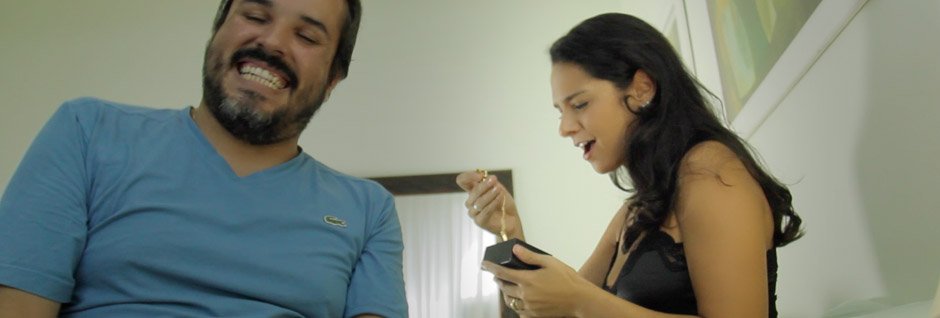Que-que-que-que-que...
That's the sound of Brazilian Portuguese.
Just as we have the word it and that in almost all of our sentences, so Portuguese has que. And sometimes it sounds as if that's all they're saying: que que que. Brazilians have the habit of swallowing the words on either side of the que. But the que itself is always vocalized!
Here's a perfect example. The video is queued-up to just before she says,
O que que é isso?
In this case the second que is extra. It's not necessary. O que é isso? would have been just fine.
Next comes
O que é que você fez?
But you don't hear the é. She swallowed it! This is normal.
THEO
Quem disse isso?
CLAIRE
Que bonitinho!
Brazilians say this all the time so get used to it. The INHO is added to the end of many words (as well as inha) to make something cute. In this case bonitinho = pretty little thing. If it were a a feminine word say, for example, uma criança you would say que bonitinha.
THEO
Abra!
CLAIRE
O que que é isso?
THEO
Abra!
This is of course, the imperative conjugation of abrir.
CLAIRE
O que é que você fez?
We really only hear her say o que que você fez. In between the que there is actually an é. So it's: what (is it) that you've done?
THEO
Nada.
Olha ali dentro.
Confused about the aí, ali and lá? These are all ways of saying there. Brazilians will usually use ali when talking about relatively close things. Anything inside the house is usually going to called ali (there).
CLAIRE
Somos nós! Olha o seu permanente.
From the video learning course, INTENSIVO.

Comentários